The abdominal area, or simply the abs, is the most important area of the body that is extremely important to train. This applies not only to the visual aspect but also to issues of the health of the spine, internal organs, and even posture. However, to get the desired result, it is not enough to perform some set of exercises. It is important to understand how to competently combine different types of loads, and distribute them evenly across all areas of the abs, to strengthen the abdominal muscles without aggravating the imbalance in development, and other nuances.
Why you need to strengthen your abdominal muscles
The abdominal muscles are often called the “basis of vitality” of a person. This is partly true, since developed abdominal muscles significantly improve the quality of life at any age, especially after 50-60 years. The main reasons to strengthen your abs:
- Health and protection of internal organs, preventing their prolapse.
- Maintaining spinal health, improving posture.
- Preventing the risk of hernias and protrusions, as well as reducing the risk of exacerbation of existing diseases.
- Improved functionality and fitness.
- Creating an attractive appearance of the abdomen, improving the relief and visual delineation of the muscles.
In general, the stomach is one of the most important areas, after the head. It contains vital organs, the spine, which is largely responsible for human mobility. Also, the abdominal muscles are a kind of “bridge” for transmitting impulses between the upper and lower extremities. In weightlifting, crossfit, fitness, martial arts, the stomach plays a key role. Therefore, strengthening the abdominal muscles is brought to the fore in the training scheme.
A set of exercises to strengthen the abdominal muscles
Almost all exercises for the abdominal area are universal, that is, they can be done both at home and in the gym. The whole difference is that in the gym any physical exercise can be done on machines. This can be a plus for loading the muscles from different angles but does not have an absolute advantage over normal movements.
Crunches
This is the most universal movement that any program cannot do without. In the classic crunch, the load falls mainly on the rectus abdominis muscle.
Technique:
- Lie on the floor, bend your knees, place your hands along your body or behind your head.
- Begin to twist your body, lifting your shoulder blades off the floor. Try to bring your chest as close to your hips as possible.
- Return to the starting position and repeat the movement without relaxing the muscles.
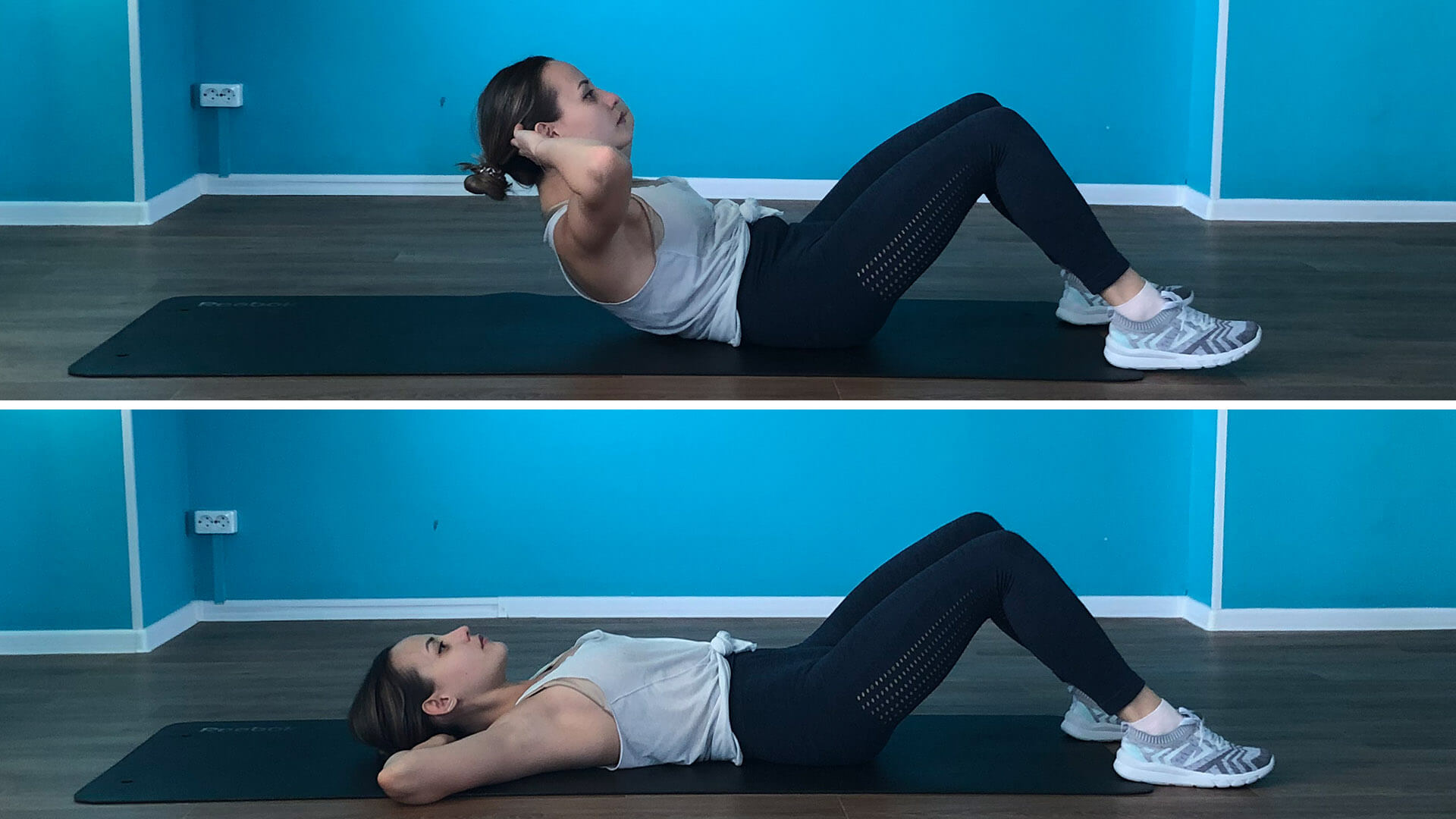
Oblique crunches
A variation of the movement that, in addition to the straight line, also actively engages the oblique abdominal muscles.
Technique:
- Take the position as for crunches.
- Perform crunches, trying to bring your right elbow to your left knee.
- Repeat the movement on the other side.
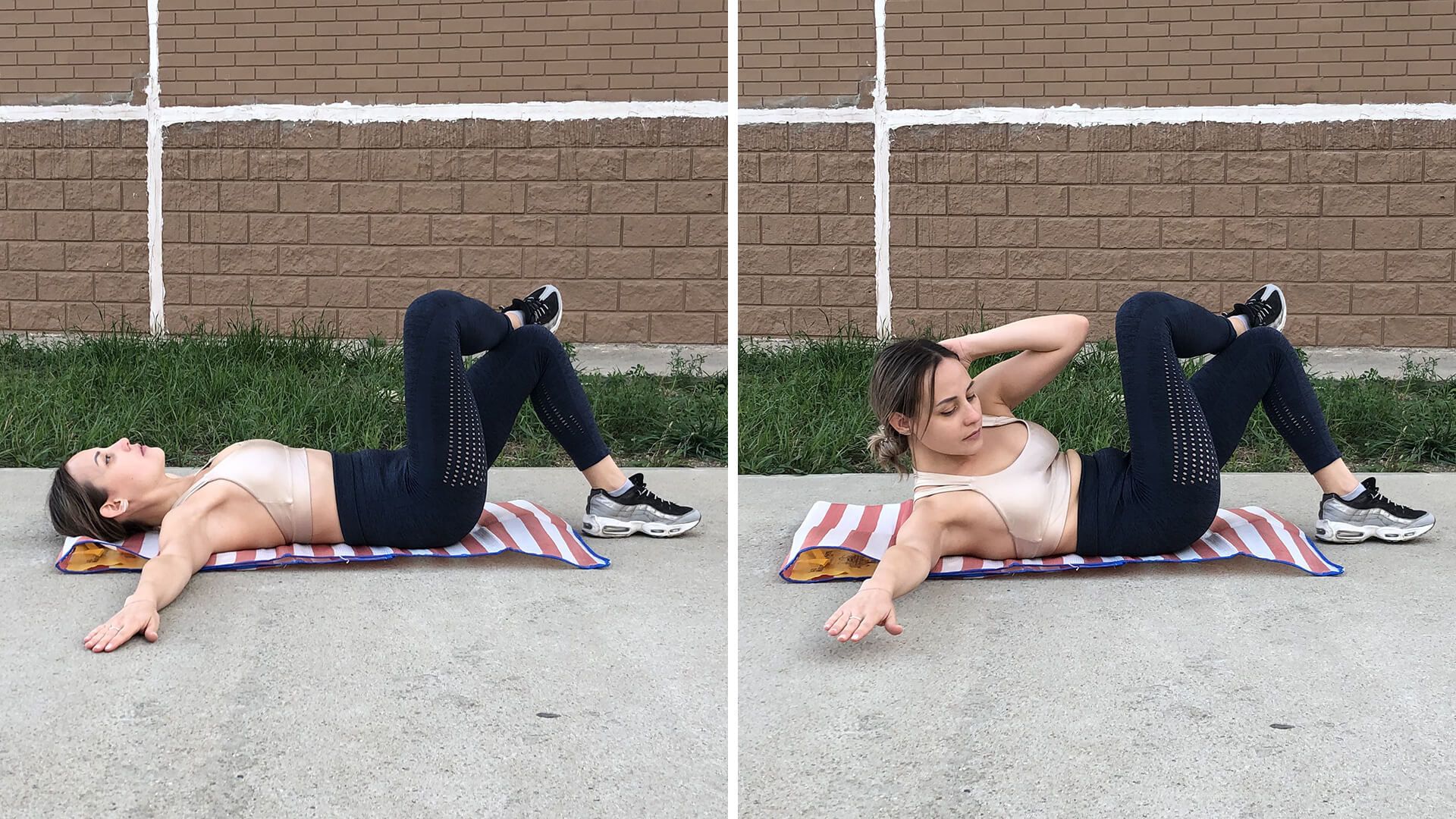
Plank
An indispensable exercise for strengthening the internal abdominal muscles. It is optimal to stand in the plank for 1 to 2 minutes, no more.
Technique:
- Place your emphasis on your forearm and toes (if you have a low level of physical fitness, you can start by focusing on your knees).
- Twist your body a little and round your back slightly.
- Hold the position throughout the entire approach or until you are completely tired.
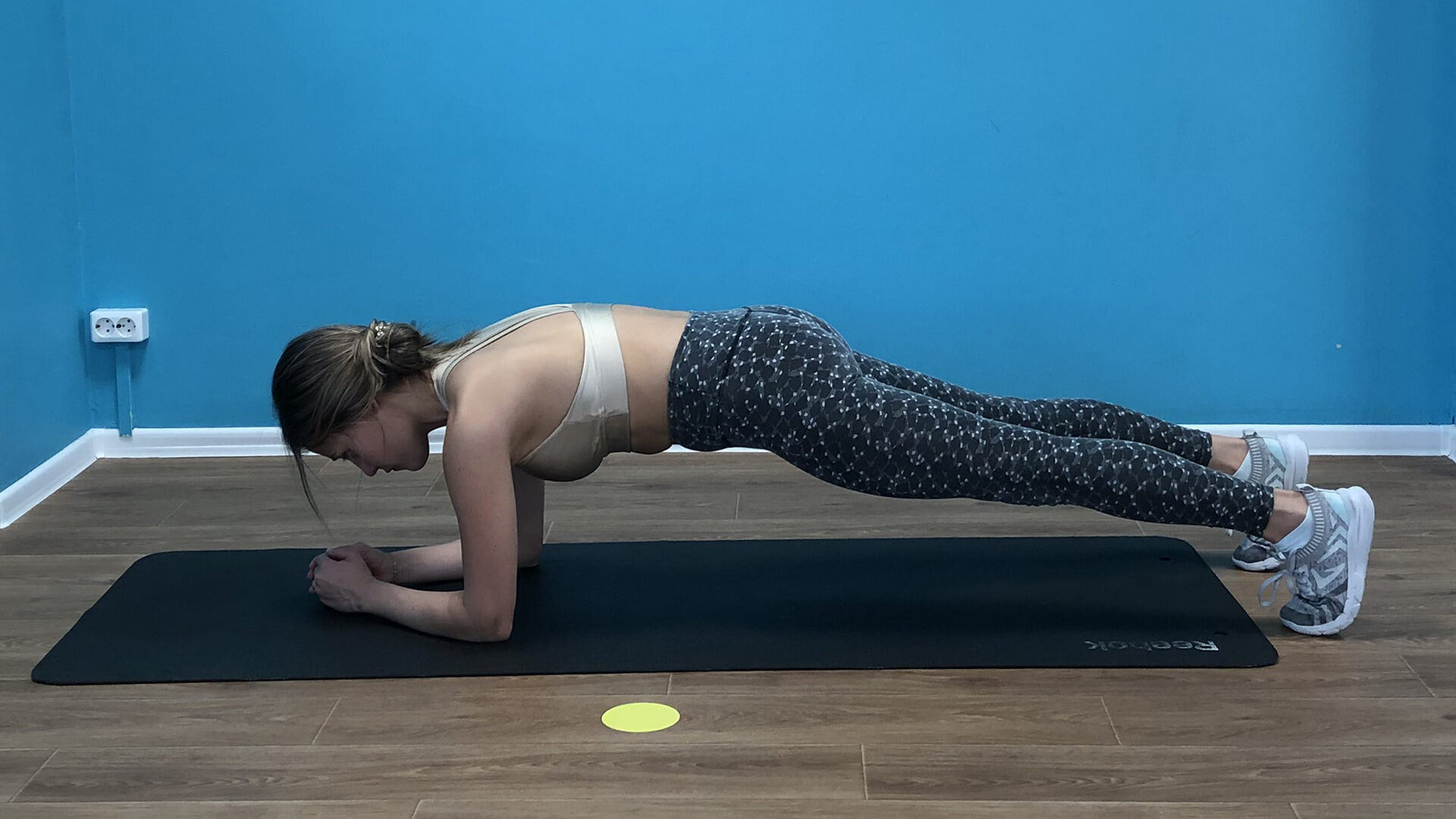
The main mistake is a straight body. In this position, the rectus abdominis muscle is used much less. Try to twist your body a little so that the abs perform their basic function.
Side plank
An excellent exercise to strengthen the oblique abdominal muscles. Allows you to use the massif in a static mode, working all layers of muscles (including deep ones).
Technique:
- Take emphasis on your elbow and feet. The body should form a straight line, the pelvis should not sag down. Neck in a neutral position, back straight.
- Hold the position throughout the entire set or until muscle fatigue occurs.
- Repeat the same movement on the other side.

When performing a side plank, you need to ensure that the load on both sides is equal in time and number of approaches.
Russian twist
An excellent and very difficult exercise for working out the entire abdominal mass. It is believed to be more suitable for men and helps in creating six-pack abs, although women can also benefit greatly from it.
Technique:
- Sit on the floor, bring your legs together and bend your knees for support. Tilt the body back, a slight rounding of the back is allowed; together with the tension of the abdominal muscles, this helps to increase the efficiency of the movement.
- Take a barbell plate, a bottle or any other weight in your hands, and hold it suspended to your left.
- Without changing the position of your shoulders, move the projectile to the other side so that the main rotational movement is performed by the body.
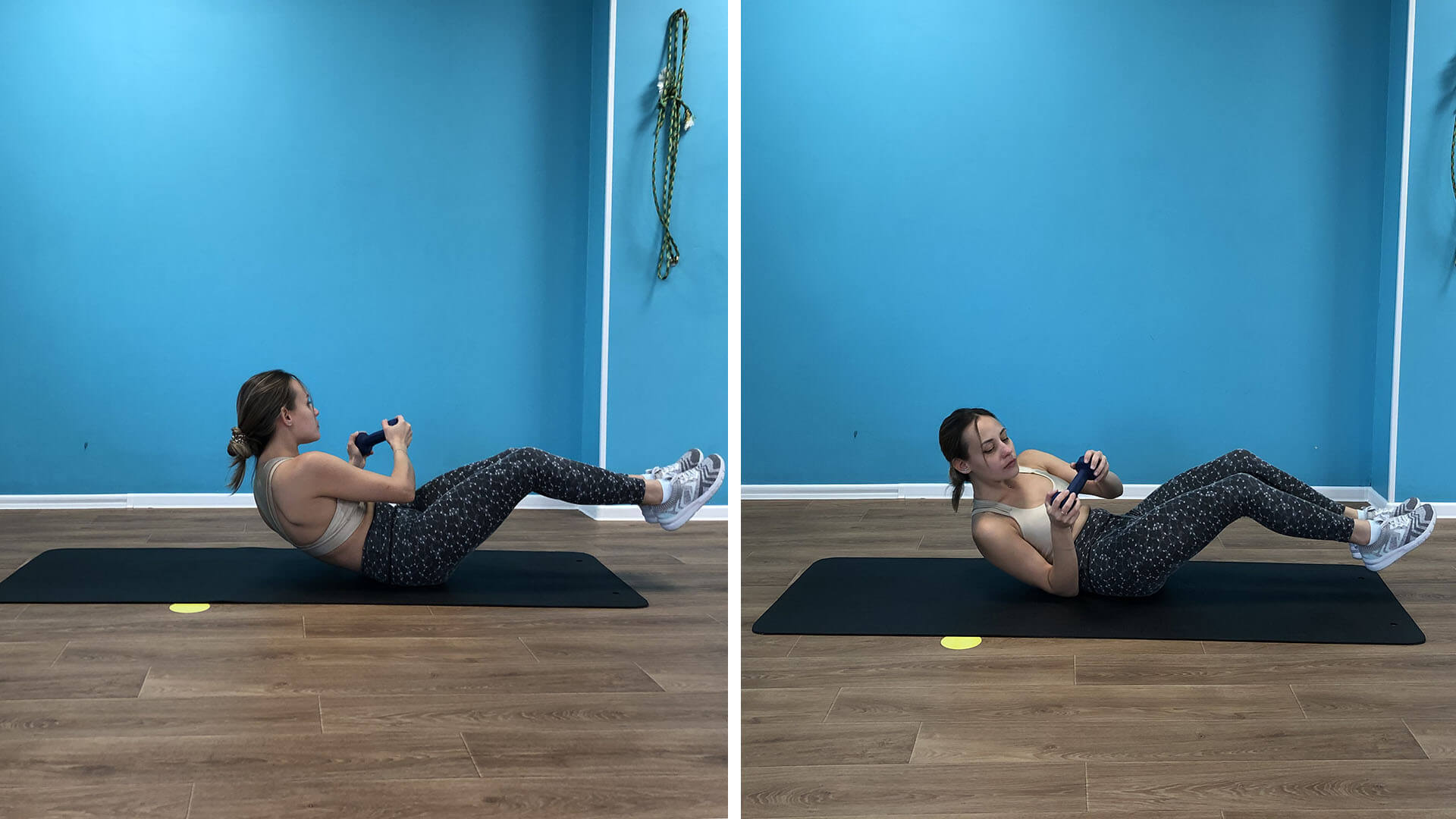
In the starting position, you can hold the weight both on the weight and at the floor level near the buttocks. With a weak ab, you can bounce a projectile (for example, a ball) off the floor. This is especially true for women and those who cannot hold weight in the air for a long time without putting stress on the shoulder girdle.
Lying leg raise
The most common exercise for pumping up the lower abs. Does not require equipment and can be performed in any conditions.
Technique:
- Lie on the floor, arms along your body for additional support, legs together.
- Raise your legs to a level where they are perpendicular to the floor, then lift your pelvis off the floor and raise your legs to the level of your head (only through movement in the pelvis).
- Slowly return to the starting position.
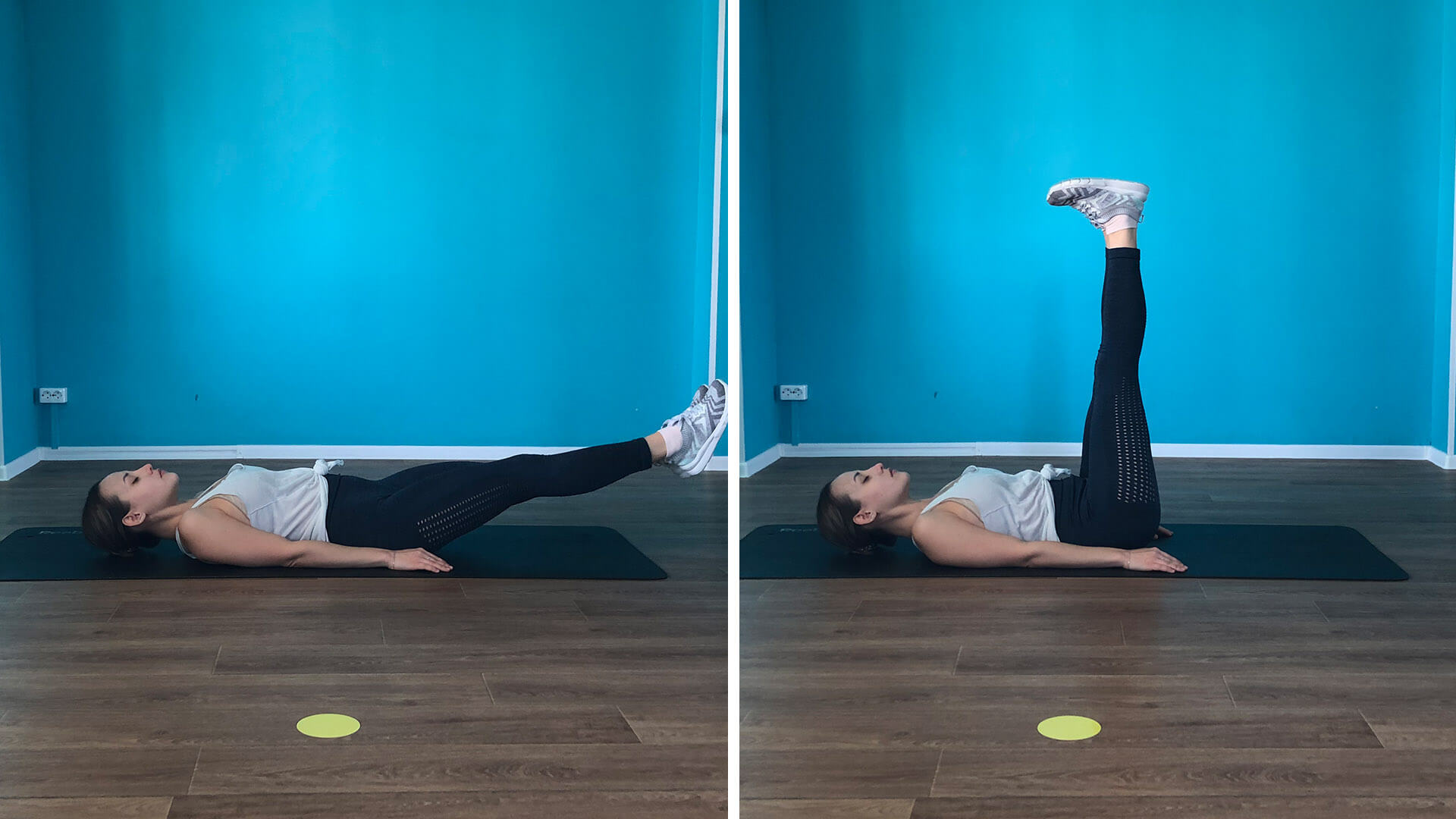
To make it more difficult, do not lower your feet to the floor at the bottom, keeping tension in your stomach.
Hanging Leg Raise
Another popular exercise aimed at working the abdomen with an emphasis on the lower part.
Technique:
- Hang on the horizontal bar (or rest on your elbows in the machine).
- Raise your closed legs in front of you until they are parallel to the floor.
- Slowly lower your legs to the starting position.

Beginners can do lifts with the knee bent; this will take some of the load off the legs and allow for better use of the abdominal muscles.
Recommendations for women and men
It is important to understand that any gymnastics to strengthen the abs or workout should be regular, but without overdoing it. You should not perform more than 3 workouts per week. In one session, it is optimal to do no more than 3-4 exercises in 3 working approaches.
Basic recommendations:
- Always do the movement slowly, controlling the tension in your abdominal muscles. Otherwise, they will be used much less.
- Do not do more than 15-20 repetitions, after this amount the load will be “spread out” on other groups, making the movements ineffective.
- Abdominal work is a great way to start or end a workout (as part of a warm-up). However, if the abs are a lagging area, it is better to put a load on them at the beginning of the overall workout.
- The abdominal area can be trained at any time, both in the morning during exercise and in the evening, shortly before bed.

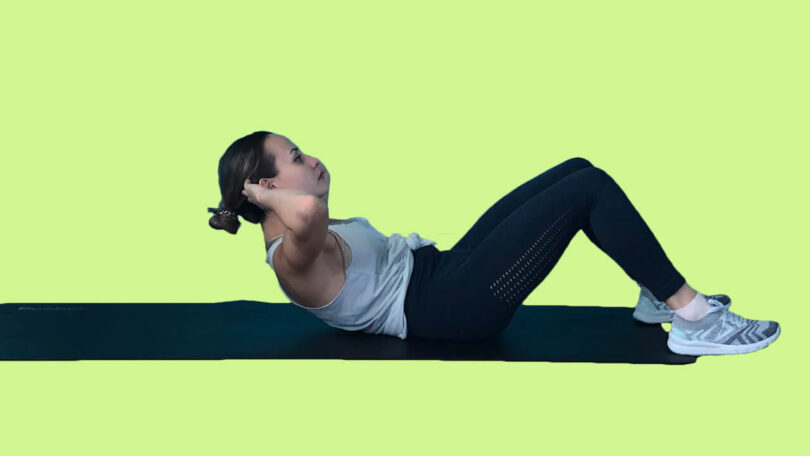
Leave a Comment